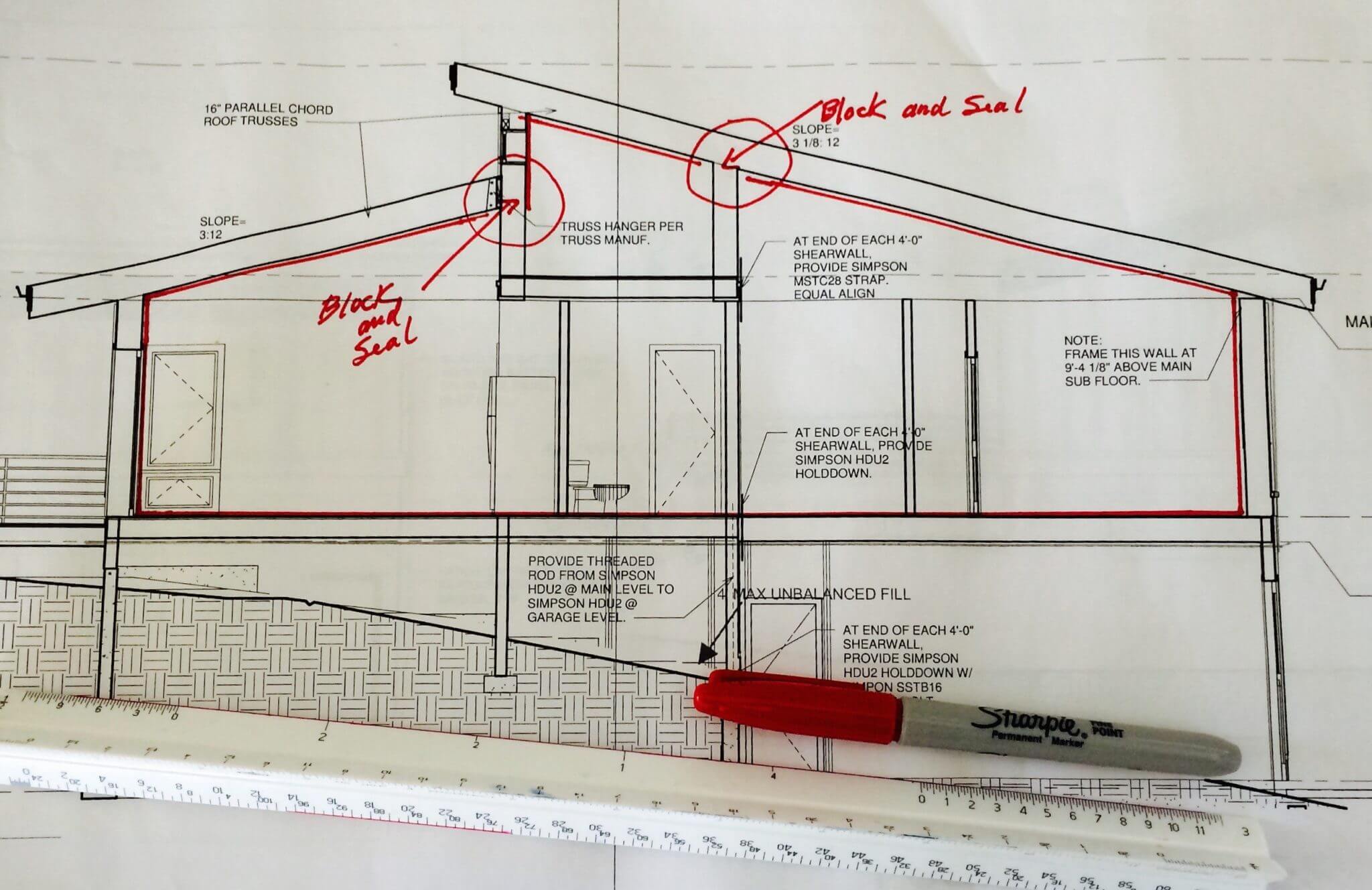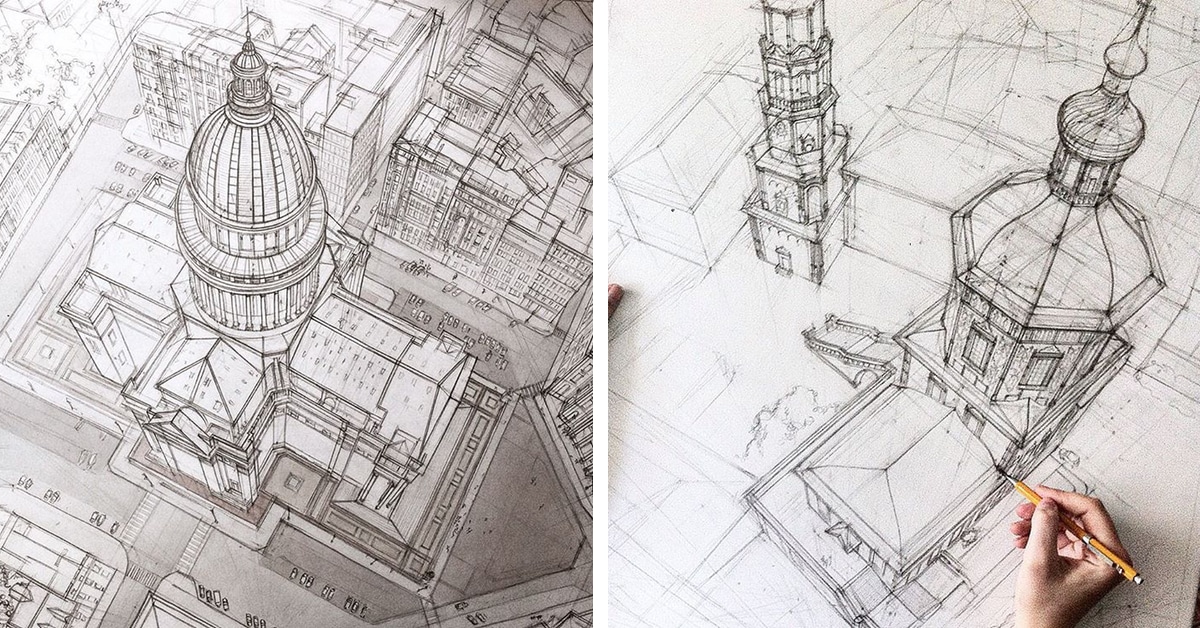
.jpg)
It is important to understand that well-insulated, air-sealed buildings dorequire mechanical ventilation! This is confusing to those who assume every aspect of performance is to be passive, including the ventilation. Major improvements to the enclosure permit greater variation from the bioclimatic ideal. A building enclosure designed, detailed and built to deeply minimize thermal bridging and infiltration, with moderate amounts of glazed wall area, can achieve excellent energy performance even with a suboptimal site or orientation. Improvements in technology, insulation levels, quality of construction, and better understanding of the importance of air infiltration and air sealing have resulted in significant rethinking of passive solar design strategies. Passive solar emphasized direct solar gain through expansive, seasonally-shaded, south-facing glass with internal thermal mass used for heating and cooling. The 1970s saw the growth of passive solar design in response to resource shortages and other environmental concerns. While LEDs have reduced energy loads from electric lights, controlled daylight is always desirable and electric lights that are dimmed or switched off in response to daylight still save energy. Access to daylight is recognized as an essential element of human health and regulation of circadian rhythms.

Providing controlled daylight and enabling users some control over natural ventilation, when conditions and building type permit, are almost always preferred design strategies because they create pleasing spaces that connect building occupants to nature. Climate will influence orientation, shading, air movement, siting, and materials, among other things. With limited energy sources and technologies, architects and builders needed to understand the local climate and the thermal properties of regionally available building materials. Passive design was an essential aspect of all building design until well into the 20th century as there were few alternatives to provide a more comfortable environment. Passive design requires focusing on the architecture first, before supplementing with active systems. Passive design can mean shifting first cost from equipment to improvements to the building enclosure.

Reducing the need for energy makes it possible to downsize HVAC equipment, shorten operating times and seasons, shorten duct runs and, in some cases, eliminate equipment entirely. This article is specifically for a practitioner who is looking for pragmatic guidance on immediate steps to embrace contemporary passive design strategies.Ĭontemporary passive design relies on understanding climate and taking advantage of siting, form, detailing, and construction assemblies to create buildings that achieve design excellence while reducing the need for energy consuming equipment to provide comfort and health. This short article on Passive Design is next in the series, What you can do RIGHT Now. This new approach to practice is what makes the younger teams’ standout and will benefit both the climate and the bottom-line.Things You Can Do RIGHT NOW: Passive Design Owners are seeking out teams who are using actual metrics and data driven processes that affect their bottom line. Especially during a project pursuit, since having the buy in from the whole team helps ensure the key project metrics are met. We can make building performance widespread once we help the entire community discuss the subject in terms of investment and return. The most sustainability-focused firms run energy simulations for less than 50% of their projects (10% for a typical firm) and only doing so late in the process when design changes are limited and insufficient to combat red flags found in the performance report (AIA 2030 report).

Today in the United States, buildings account for nearly 40% of carbon emissions (EESI) and 78% of electricity usage. Sustainability and Performance in ArchitectureĬourtesy of Workshop Architects, Cooper Carry, OLIN, and Gilbane The Future of Architectural Visualization


 0 kommentar(er)
0 kommentar(er)
